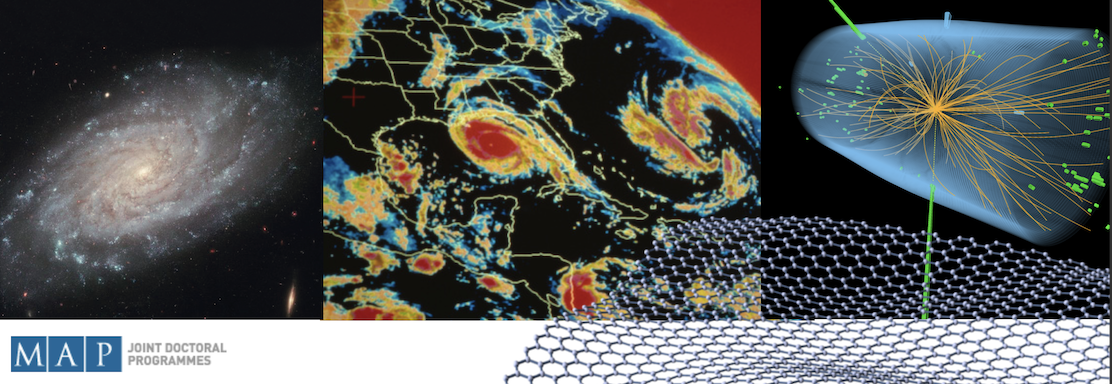Speaker
Description
Topological insulators have attracted researchers’ attention recently due to their unique surface states protected by time-reversal symmetry [1-5]. Since Bi2Se3 has a low bandgap, it is expected to perform well in photodetection for visible and infrared optoelectronics [6, 7]. Here, we present the preliminary results from our work on the growth, cleanroom fabrication, and characterization of Bi2Se3 photodetectors. The Bi2Se3 was grown on a sapphire substrate by molecular beam epitaxy (MBE). The Raman modes at 72 cm-1, 132 cm-1, and 175 cm-1 correspond to the A11g, E2g, and A21g vibrational modes, confirming the presence of Bi2Se3. A Focused Ion Beam (FIB) was used to prepare the lamellas of Bi2Se3 for their further detailed analysis by HAADF-STEM imaging and spectroscopy. High-resolution HAADF-STEM images show that the Bi2Se3 is highly oriented in the (0001) crystallographic direction. The quintuple layers of Bi2Se3 (Se-Bi-Se-Bi-Se) were observed in the [110] crystallographic direction. The devices were fabricated using microfabrication techniques inside the cleanroom with Cr/Au contacts. The devices’ channel lengths range from 4 to 12 µm. I-V curves were measured with a Keithley 2400 source meter in the dark. The results show that the devices generally follow an ohmic behavior, confirming a good contact formation. Some of the device’s contacts show Schottky diode behavior. DC conductivity was measured using a Lakeshore Cryo-Probe station as a function of temperature down to 6.5 K. Results from the Arrhenius plot show that the device has four different charge transport mechanisms. At high temperatures, the devices follow the Arrhenius equation with activation energy half of the band gap. In moderate temperatures, the conductivity follows an activated hopping mechanism, with very low activation energy suggesting the formation of charge puddles. At lower temperatures, the devices follow Efros-Shklovski law.
References
[1] M. Fruchart, D. Carpentier, C R Phys. 14 (2013) 779-815.
[2] M.Z. Hasan, C.L. Kane, Rev. Mod. Phys. 82 (2010) 3045-3067.
[3] Q. Qiu, Z. Huang, Adv. Mater. 33 (2021) 2008126.
[4] Q. Wang, X. Wu, L. Wu, Y. Xiang, AIP Adv. 9 (2019) 025022.
[5] J.D. Yao, J.M. Shao, S.W. Li, D.H. Bao, G.W. Yang, Sci. Rep. 5 (2015) 14184.
[6] W. Tang, A. Politano, C. Guo, W. Guo, C. Liu, L. Wang, X. Chen, W. Lu, Adv. Funct. Mater. 28 (2018) 1801786.
[7] X. Hong, J. Shen, X. Tang, Y. Xie, M. Su, G. Tai, J. Yao, Y. Fu, J. Ji, X. Liu, J. Yang, D. Wei, Opt. Mater. 117 (2021) 111118.
| Which topic best fits your talk? | Condensed Matter Physics and Nanomaterials |
|---|

